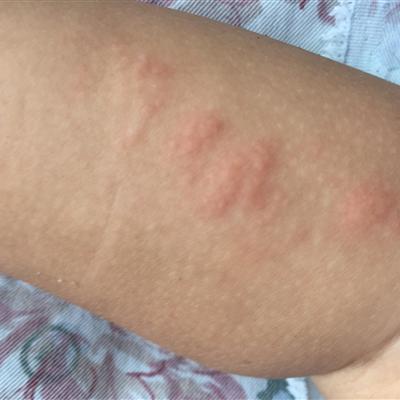What symptom does bone marrow inflammation have
summary
If you want to stay away from bone marrow inflammation may be very difficult, acute osteomyelitis is caused by purulent bacteria through blood infection, bone marrow inflammation is called acute osteomyelitis, everyone's understanding is not the same, pathogenic bacteria is often Staphylococcus aureus, its primary focus is mostly abscess, all kinds of inflammation caused by septicemia caused by bone marrow invasion. What symptom does bone marrow inflammation have to tell everybody.
What symptom does bone marrow inflammation have
First, acute osteomyelitis is common in children, and can occur at any age and in any bone of the body. The prone sites are the lower end of the femur and the upper end of the tibia, followed by the upper end of the femur and the lower end of the radius. Symptoms depend on the site of infection, severity, extent, course of disease, age, resistance and virulence of bacteria. The common clinical symptoms are high fever and systemic infection, and the main local manifestations are pain, swelling, tenderness and limited activity of the affected limb.
Second, chronic osteomyelitis is the result of improper or untimely treatment of acute osteomyelitis. However, if the virulence of pathogenic bacteria of acute osteomyelitis is low or the patient's resistance is strong, it may be subacute or chronic osteomyelitis from the beginning, and the osteomyelitis infected by skin wound is also chronic osteomyelitis from the beginning. The main pathogenic bacteria of chronic osteomyelitis is Staphylococcus aureus. Patients with chronic sinus tract often have mixed infection of various bacteria.
Third, the disease often occurs in the epiphysis of the long tube in children. Most of them had a history of acute osteomyelitis, infection of open fracture, recurrent or long-term non healing of acute inflammation, recurrent sinus pus and small dead bone excretion from sinus. Clinically, it is characterized by sinus abscess, dead bone, dead cavity and limb deformation. Some patients may develop squamous cell carcinoma near the sinus tract due to long-term secretion stimulation. Amyloidosis may also occur in organs of the whole body due to long-term consumption.
matters needing attention
This disease is mainly treated by operation. Through the operation to remove the dead bone, eliminate the dead cavity, resection of sinus Lou canal to achieve healing. There are still some patients with deformity or disability after amputation due to malignant transformation. Therefore, the key is in the acute stage of treatment. The affected limb is thicker than the opposite side, the diseased bone is thicker, and the irregular subcutaneous tissue is thicker and harder.













